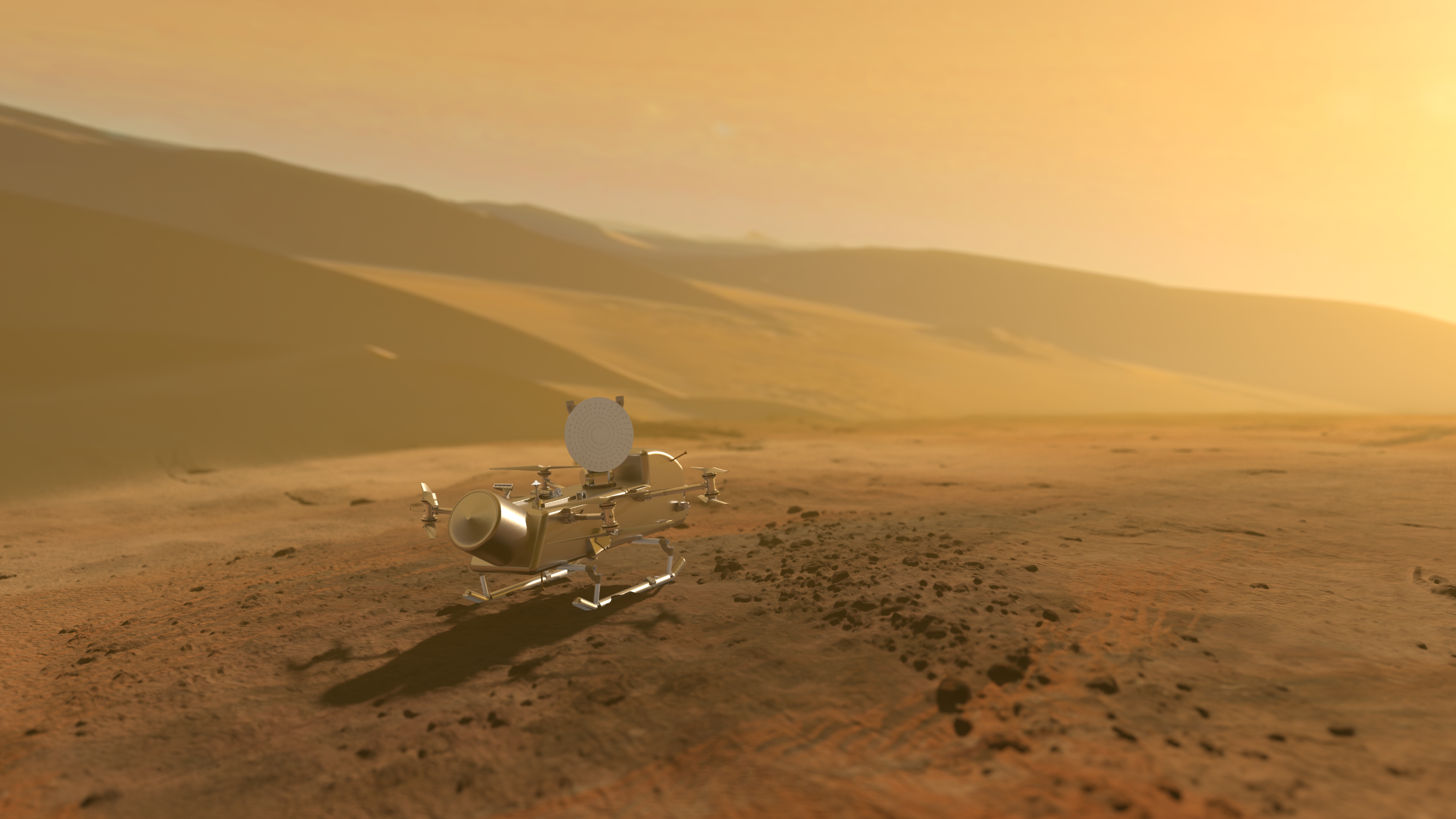6 min read
Todd J. Barber, Cassini lead propulsion engineer
During Cassini’s 52nd Project Science Group (PSG) meeting at the Jet Propulsion Laboratory (JPL) this week, I took the opportunity to chat with visiting scientist Dr. David Young, who is retiring as the principal investigator (PI) for the Cassini plasma spectrometer (CAPS) instrument. Fields and particles instruments such as CAPS seem to experience the limelight less than imaging instruments, so I thought the occasion of Dr. Young transitioning from PI to co-investigator (to make room for the career development of younger scientists) offered a good time for reflection on the many wonderful results from CAPS. Dr. Young came up with the CAPS instrument concept way back in 1988, but this was already nearly 20 years into his career after obtaining his PhD from Rice University in Houston. Following his doctorate, Dr. Young worked in Europe for 11 years, including a decade at the University of Bern in Switzerland. His first year out of school was memorable, too—a brief stint at the Royal Institute of Technology in Stockholm, working for a mentor who had just won the Nobel Prize in Physics two months prior! After his assignments in Europe, Dr. Young returned to the states for a seven-year stay at Los Alamos National Laboratory before joining the Southwest Research Institute (SwRI) in San Antonio, where he works to this day. He will continue to work at SwRI in his role as a CAPS co-investigator.

Given my ignorance on this daunting subject, I had Dr. Young start at the beginning with a description of the CAPS instrument. CAPS perfectly complements the radio and plasma wave science instrument (RPWS); the former investigates particles in plasma while the latter measures wave phenomena. Plasma has been called the fourth state of matter, an “electromagnetic Jell-O” in the words of Dr. Young. Plasma particles tend to be hot and ionized, and CAPS actually uses three separate sensors to measure ions and electrons—the electron spectrometer (ELS), the ion beam spectrometer (IBS), and the ion mass spectrometer (IMS). ELS is rather self explanatory, while IBS and IMS are sensitive to highly supersonic ions and low-to-medium particle energies, respectively. The IMS complements nicely the capabilities of Cassini’s ion and neutral mass spectrometer and the magnetospheric imaging instrument.
CAPS in total weighs about 50 pounds and is roughly the size of a microwave oven. The CAPS detectors are able to be articulated, driven by a motor built by the Finnish company VTT. This allows CAPS to sample about half of the sky at any time even though Cassini does not have a scan platform to rotate the spacecraft’s instruments. Almost 170 people at fourteen institutions in six countries were involved in the development of CAPS, and between 8 to10 people have since received their PhDs utilizing CAPS data -- a very large number. There are currently 40-50 people worldwide working with the continuous flow of CAPS data provided by Cassini, resulting in 220-230 shared publications to date!
It is impossible to summarize the wealth of science results that CAPS has delivered in a short column such as this, but Dr. Young helped me cull some of the loftiest highlights. ELS found negatively charged ions at both Enceladus and Titan, a completely unanticipated result. It was made possible because the ELS is sensitive to negatively charged particles though it was only expecting to measure electrons. Ions like this exist in Earth’s ionosphere, but they are quite rare. CAPS found them in abundance in Titan’s atmosphere, seeing “one peak after another” in the ELS energy analyzer, essentially turning this instrument into a mass spectrometer! This was a complete surprise, but it has enabled CAPS to measure hydrocarbon aerosols high in Titan’s ionosphere with atomic weights around 13,000 atomic mass units, or amu, where the amu is defined as precisely 1/12th the mass of the carbon-12 atom.. Large molecules such as these were only expected to form low in Titan’s atmosphere, in the haze layers, so this revelation by CAPS started some serious head scratching. There actually turned out to be more negative ions deep in Titan’s ionosphere than electrons themselves, another great surprise. At Enceladus, the surprises were no less great, but the mechanisms and chemistry are quite different. During Cassini’s flybys of this intriguing icy moon with active water ice crystal geysers, CAPS measured negatively charged water ions. These ions may have become charged through triboelectric (contact-induced charge transfer) interactions of ice grains and water molecules being ejected from Enceladus’ surface,. CAPS has actually been able to correlate the location of Enceladus' plumes back to the satellite surface. This was also an unanticipated result from CAPS.
Turning to Saturn, its rings, and its magnetosphere, CAPS has delivered some surprises there as well. Upon arrival at Saturn in 2004, Cassini experienced the deepest plunge within Saturn’s magnetosphere and the closest approach to Saturn’s rings to date. CAPS scientists were expecting to see water ions in this region, but they ended up seeing oxygen ions instead! It is possible that the action of sunlight (photolysis) on the rings breaks up water molecules, creating and charging oxygen atoms and molecules, which then become trapped on one side of the ring plane by Saturn’s magnetic field. Perhaps CAPS will contribute to the understanding of Saturn’s vexing ring spokes, mysterious radial features levitating above Saturn’s rings, perhaps maintained by Saturn’s magnetic field. CAPS has added greatly to the understanding of Saturn’s magnetosphere out beyond the center of the planet at a distance between three to 10 times Saturn’s radius. This is a very dynamic region, with hot plasma in the outer portion and an inner, colder population of plasma from Enceladus' geysers. Moreover, plasma interacting with Enceladus’ miniscule flux tube creates an auroral footprint similar to Io’s much larger flux tube and auroral footprint at Jupiter. Essentially, a flux tube is a torus (“donut”) connecting two bodies along magnetic field lines through which there may be a flow of material, perhaps being injected by an active body such as Io or Enceladus. Generally, the hot and cold plasmas tend to interact and interchange in very complex ways, much more often and dynamically than interactions at Jupiter or Earth, for example. This injection-dominated magnetosphere at Saturn was yet another surprise revealed by CAPS and its extensive team.
I closed off my interview with Dr. Young by asking about CAPS science plans for the Cassini Solstice Mission. He assured me they would be as busy as ever, including more Enceladus observations, studying plasma interactions at both Enceladus and Titan (since they are space and time dependent), and investigating further the ring ionosphere interactions with Saturn’s magnetosphere during the proximal orbit phase of the mission. Thank you for your time with a difficult subject, Dr. Young. I have a newfound understanding and appreciation for the myriad CAPS science results at Saturn, and I wish you the best of luck as you step aside to make room for the next generation of planetary scientists.







